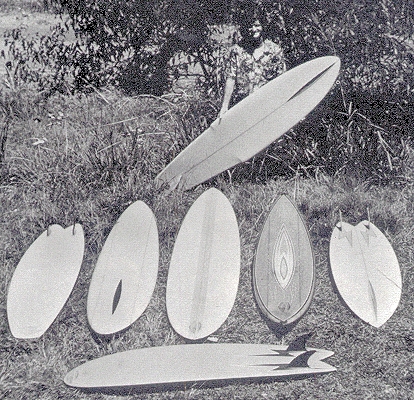Palm has just announced the Palm PrÄ“ as a new smartphone, and it’s got a fair bit of things right. Like the iPhone it’s got a touchscreen, but adds a keyboard. And GPS, WiFi, etc. However, that’s not what I’m on about, but instead key things, like usability. And there’s a lesson here that I’ve talked about before but I want to generalize it a bit.
To start at the beginning, when Jeff Hawkins designed the first Palm, he cut a block of wood to the size he wanted as a form factor, and then took it with him wherever he went, asking himself “what would I do with this if I could have it make me more effective”. He ended up with a core list of features that still defines Personal Information Management (PIM) today. Those were Contacts/Addresses, Calendar/DateBook, ToDos, & Memos/Notes. He added a few essential elements to be ultimately satisfactory and keep from repeating the problems that had plagued earlier attempts at a PDA: synchronizing with your desktop computer, instant on, rock-solid stability, and absolute simplicity. The latter got codified into the Zen of Palm.
So what’s the PrÄ“ offering that are steps ahead? Several things. For one, it’s integrated all the message you can get, SMS, IM, eMail into one place to respond. And all email accounts into one inbox. Multiple applications can run at one, and it’s easy to switch between them. It syncs into the ‘cloud’, automatically. It’s not out yet, so it’s hard to confirm all the facts (does it have a good phone?), but we can also assume it has memos and ToDos, as it has already been reported as having as cut/copy/paste.
There are two lessons here. The first is about how to gather your requirements. It was inspired to spend the time walking around with the brick. And it’s not obvious how the design process led to the new interface, but they’ve made huge steps in terms of what people need. It drives me nuts to have to switch apps on the iPhone and have lost the context when I return. It makes me crazy to have to use so many taps to get between my different mailboxes.
This analysis is critical. I was talking yesterday in an online session about how to do information gathering, and it’s got to be more than SMEs; you’ve got to talk to managers of the people performing, you’ve got to talk to the ‘consumers’ of the learned behavior (not the learners, but those impacted by the learner’s skills after the training), you want to look at the context; ideally you watch them. In usability, we used to talk about anthropological methods or ethnography (real or ‘fake’), and contextual and partipatory inquiry. You’ve got to really get to know the problem to get the right answer.
The second part is getting the right usability in place, and it’s not trivial. Koreen Olbrish goes off on instructional design being dead, and I think the problem is really that people follow a cookie cutter approach instead of being critically aware (hence my Deeper ID presentations). I think that is true for too much (e.g. I recently had the same <expletive deleted> experience with a stupid phone number field in another online form) of practices. You might by chance get it right, but why do people skimp on any component of a project? Get the right skills for all components!
Yes, I live in the real world too, and know we can’t always use all the resources we should, but then test the solution first. I say that you have to test usability before you can test for any learning effect, because if it’s not working, how do you know if it’s problems with the interface design or the instructional design?
So, at a surface level, we have to make it possible for people to interact with our elearning solutions, easily mapping their goals to the available affordances at the interface. This goes further however. It’s also the underlying architecture. Portals go wrong not only because they’re so many of them that users can’t figure out where to go, but also because they often are organized according to one persons thoughts, and there are likely to be more than one way to think about the organization. Good portals provide several different ways to browse, and an ability to search as well.
When we move beyond the elearning ‘course’, to portals, and eCommunity/social networking, we need to think about how these tie together not only conceptually, but also from a usability perspective. What we don’t want, and likely can’t afford, is having our workers avoiding our technical support because we didn’t make it comprehensible and usable. It’s an extra burden to take this into account, but I reckon it’s as much a job of learning technology design as is project management, understanding how people learn, the communicative properties of media, and more. This isn’t a place for amateurs, because learning is just too darned important!

